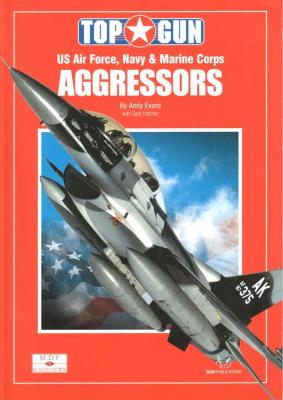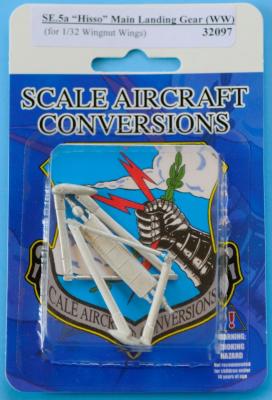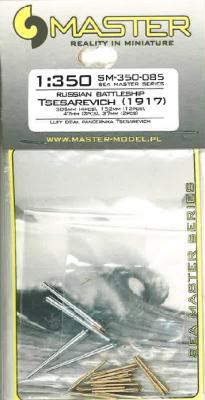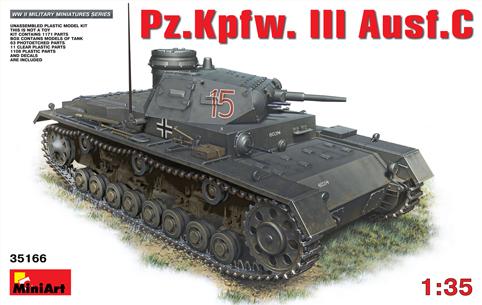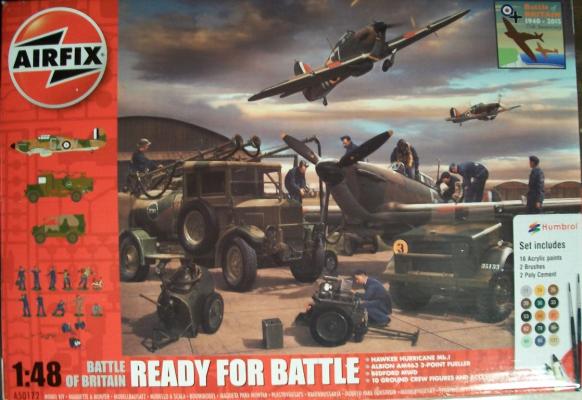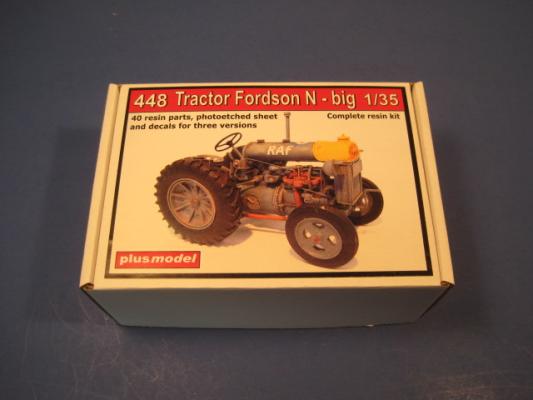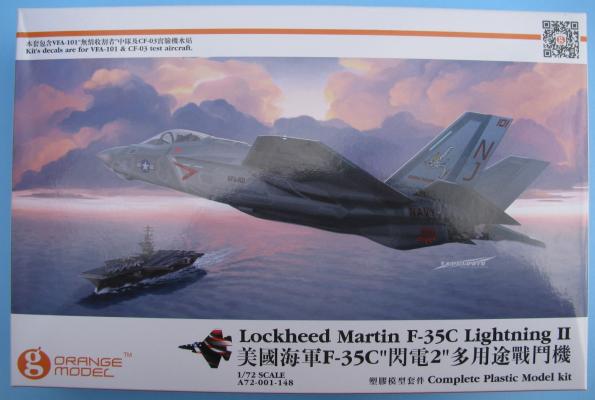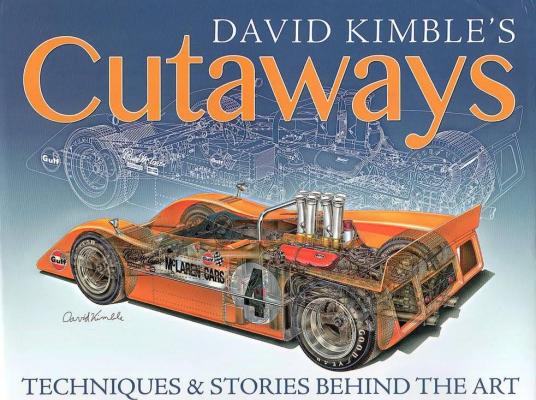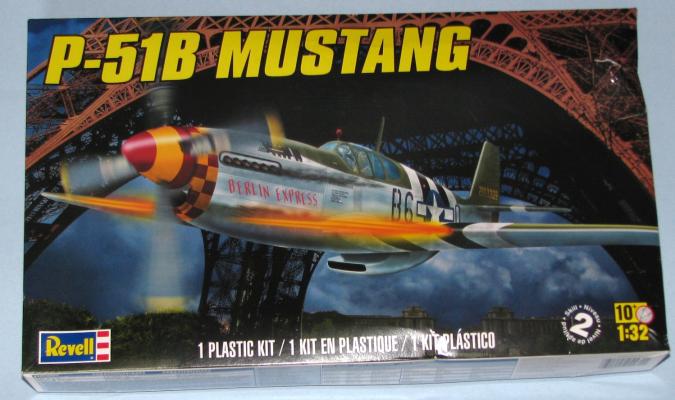Thank you very much to the wonderful folks at SAM Publications for providing this new title for review. Thanks are also due to the IPMS Reviewer Corps for allowing me the opportunity to research and learn more about these colorful adversary jets. Many of these unusual aircraft thrilled me with close passes while I was working in the Nevada mountains years ago. This volume is the first in a new SAM Model Data File publication series described as “scaled down in size and price.” I found this book outstanding in quality and value, so that description is quite modest.
Reviews
Scale Aircraft Conversions has released replacement landing gear for the Wingnut Wings 1/32 Royal Aircraft Factory SE.5a “Hisso”. The supplied items include two main gear legs and the main gear axle. All three parts are loose in the blister package. You will need to remove the metal sprue from the main gear legs.
This replacement set will provide stronger landing gear that won’t sag over time, and are somewhat adjustable if necessary to obtain proper alignment. Even with zero previous experience in using white metal parts, this set will provide an upgrade that most modelers will have no problem installing. Scale Aircraft Conversions does not use lead in their white metal mix, so the builder does not have to be concerned with that perceived hazard.
Tsesarevich (Russian: Цесаревич) was a pre-dreadnought battleship of the Imperial Russian Navy, built in France at the end of the 19th century. The ship's design formed the basis of the Russian-built Borodino-class battleships. After repairs were made following the Russian-Japanese war, most of the small-caliber guns (47mm and 37mm) were removed. Tsesarevich was not very active during the early part of World War I and her sailors joined the general mutiny of the Baltic Fleet in early 1917.
This Master Model set provides you with 20 barrels: Four machined aluminum 305mm/40 (12”) barrels; twelve machined brass 152mm/45 (6”) barrels; two 47mm (1.85”) Hotchkiss Gun barrels; and two 37mm (1.5”) Hotchkiss gun barrels and a single page instruction sheet. As you can see in the comparison photo below, the improvements are most noticeable in the muzzle ring of the twelve 152mm barrels due to the limitations of injection plastic molding.
The Panzer III was one of the two work horses of the German Wehrmacht , together with the Panzer IV, serving on all fronts during the Second World War. And while the modeler has been well provided for when it comes to the later models (Ausf. E onwards) of the Panzer III, the earlier versions have been sorely neglected. Until now: Miniart of Kiev, Ukraine has announced that they will be doing the Panzer III Ausf. B, C and D in 1/35th scale. If the Panzer III Ausf. C kit under discussion today is anything to go by; we are all in for a real treat.
Airfix continues to impress everybody with the increasingly detailed and high quality of their products. This is a great gift set that can be made and used in a very detailed diorama of a typical RAF World War 2 airfield during the period of the battle of Britain.
In the box is:
- 1 Hawker Hurricane Mk.I - L200 x W255; Pieces 127
- 1 Albion AM463 3-Point Fueller - L118 x W45; Pieces 113
- 1 Bedford MWD - L89 x W41; Pieces 95
- 10 x Ground Crew Figures and Accessories - H38; Pieces 108
- 12 x acrylic paints
- 2 x brushes
- 2 x poly cement
- 1 decal sheet
- 1 instruction booklet
The kits are all bagged individually which helps with assembly; the sprues are well molded with no flash.
Plusmodel has recently released some interesting 1/35th scale diorama accessories. The Fordson N-big Tractor is another one of them. It is an entire kit and has to be one of the best if not the best resin kit I have built. The parts were flawlessly cast with little to no flash. The fit was exceptional.
From the instruction sheet: Fordson tractors were produced in Cork, Ireland. The first of them, Fordson N-Big left the plant in 1927. In 1933 the production was transferred to Dagenham in England and this factory produced 136,000 units so the type became the most common tractor in the U.K. during WWII. It was powered by a 4-cylinder diesel or petrol engine, both of 4.4 L (267 ci) with app. 25 HP power.
First launched in 1991, the SHINKAI 6500 is a manned submersible that can dive to depths of 6,500 meters (20,000 feet). Operated by the Japan Agency for Marine-Earth Science and Technology (JAMSTEC), Shinkai has completed over 1300 deep dives in the Pacific, Indian and Atlantic oceans, as well as the Sea of Japan.
In 2012, the vessel underwent a major upgrade, including conversion from a single aft prop to two thrusters and the addition of one more horizontal thruster for maneuverability. Hasegawa offers the kit with two build options to reflect the original and upgraded version of the submersible. To clarify the build process and the differences, the instruction sheet includes complete build sequences for each version. It's worth taking the time to go through the instructions – particularly since other sub-options are offered within each build – to end up with the configuration you've chosen.
This kit was my first experience with a product from Orange Model, and to my knowledge, this was the first kit that they introduced, at least it was the first one that I noticed. This was actually a fun kit to build, as the engineering was on par with some of the manufacturers known for kits that are nearly flawless to assemble. The plane itself built up with very few issues, the tow tractor that was included provided some challenges with the small parts, and photoetched items, and the photoetch tie downs require the most experience to complete. If you are interested in adding a 1/72 scale copy of the US Navy’s newest jet to your collection, this is currently the only one available, and it is a great kit.
This is a beautiful book with very nice illustrations of David Kimble’s cutaways, step-by-step descriptions on how the cutaways are made, and descriptions of the engineering of the vehicles.
David Kimble is in engineer turned illustrator who grew up in Southern California racing, and eventually became known for his cutaway automotive illustrations. In the introduction Kimble states that the purpose of this book is to answer the question “how do you do it”, to which he usually responds “a little at a time”. This book for the first time describes his approach to illustration and the techniques on how his work is done, plus some of the stories behind the illustrations.
History
The P-51 Mustang is probably the most well-known fighter aircraft ever built. Originally designed to fill an order from the British government, the P-51 was built by North American Aviation. The first examples did not show much promise until a switch was made to the Rolls-Royce engine. By 1944, the skies over Europe were dominated by the allies thanks to fighters like the P-51.

